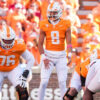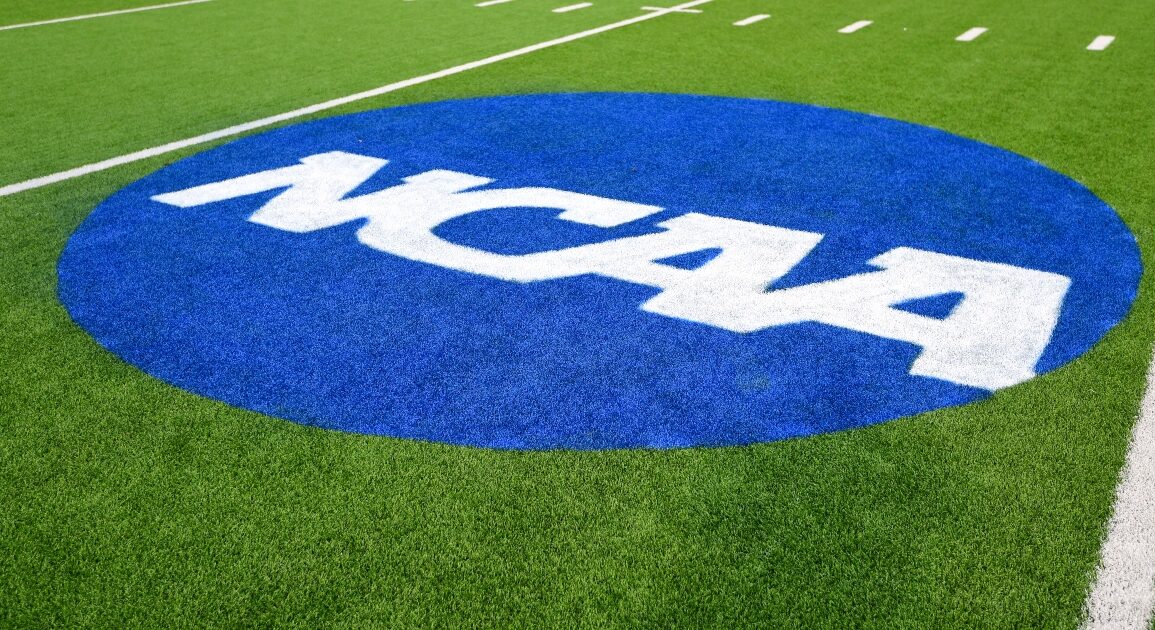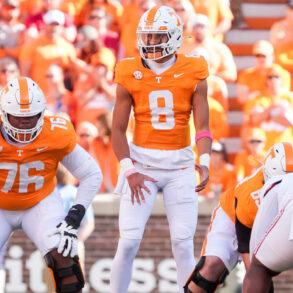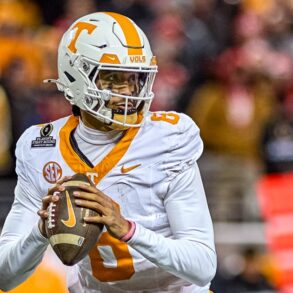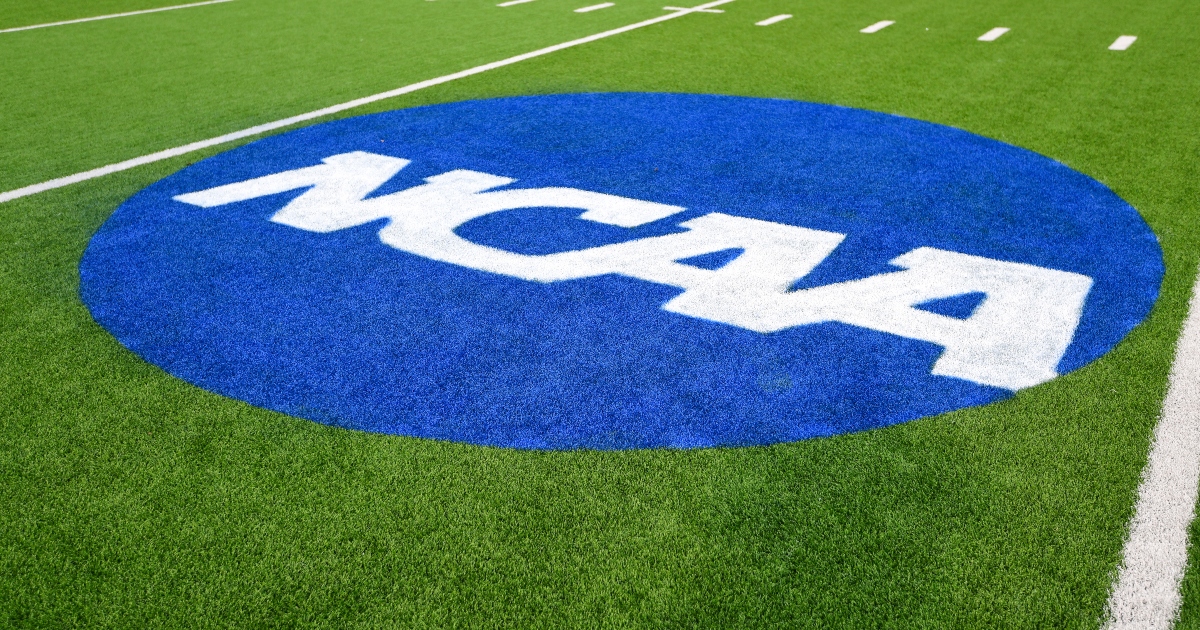
The NCAA is cracking down on football teams faking injuries with new timeout rules that would penalize teams that use the technique in a potential effort to slow a game down. On Thursday, the NCAA announced its Playing Rules Oversight Panel approved changes to injury timeout rules in football, beginning with the 2025-26 season.
Under the new rule, if medical personnel are forced to enter the field of play to evaluate an injured player after the ball is spotted by the officiating crew, the player’s team will be charged a timeout. If that team doesn’t have any remaining timeouts, a five-yard delay-of-game penalty will be assessed.
This injury timeout penalty was proposed by the NCAA Football Rules Committee earlier this offseason. It came after many within the college football community expressed concern that some teams were having players fake injuries to slow down the opposition’s momentum or to avoid taking a timeout.
The reasoning for the rule change now is to provide an immediate in-game mechanism that can potentially curtail teams from utilizing fake injuries. In the past, teams were required to send video of questionable injury stoppages to be reviewed by NCAA national coordinator of officials Steve Shaw, who would then contact the offending team’s conference if it was clear the injury was a ruse.
NCAA approves rule changes to OT timeouts, limits actions meant to simulate offensive snap cadence
The NCAA rules oversight panel also approved a change that limits teams to just a single timeout beginning with the third overtime until a winner is determined. The change is being made in an effort to keep action moving in overtime, especially when each team is required to alternate running two-point plays beginning with the third overtime. Previously, teams were awarded a single timeout in each overtime period.
The NCAA is also implementing “enhanced rules” restricting the use of any action, signals or words that are meant to distract opponents that are in the process of snapping the ball. Defensive players are no longer allowed to call signals that simulate the sound or cadence of offensive signals, and the defensive terms “move” and “stem” are now reserved for defensive players and cannot be used by the offense.
The NCAA panel also approved five other rules changes:
- The referee is ow limited to announcing whether a play that required instant replay is “upheld” or “overturned” rather than saying the words “confirmed” or “stands,” which will no longer be used.
- No offensive player is allowed to be directly behind the snapper and between the kicker or punter for the formation to qualify as a scrimmage kick. If a team is not utilizing a scrimmage kick formation, it must hve five players numbers 50-79 on the line of scrimamge. And if the snapper is located at the end of the line based on the formation, they will lose scrimmage kick protection allowing the opposing team to line a player over the snapper.
- If any player on the kickoff-return team makes a “T” signal with their arms at any point during the kick, the team loses the right to return the kick and the play is whistled dead.
- If a defense commits a foul with more than 11 players on the field coming out of the two-minute timeout in either half, a five-yard penalty will assessed and the offense will have the option to reset the game clock to the original start time of the play. That option to reset the clock will not be granted if the 12th player is attempting to leave the field and has no influence on the play.
- The NCAA is allowing coach-to-player communication, similar to the technology implemented throughout the FBS level in the 2024 season, is now an option for teams at the FCS level as well.
This post was originally published on this site be sure to check out more of their content.


